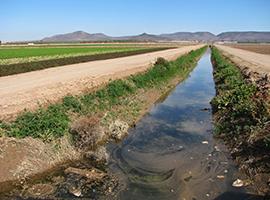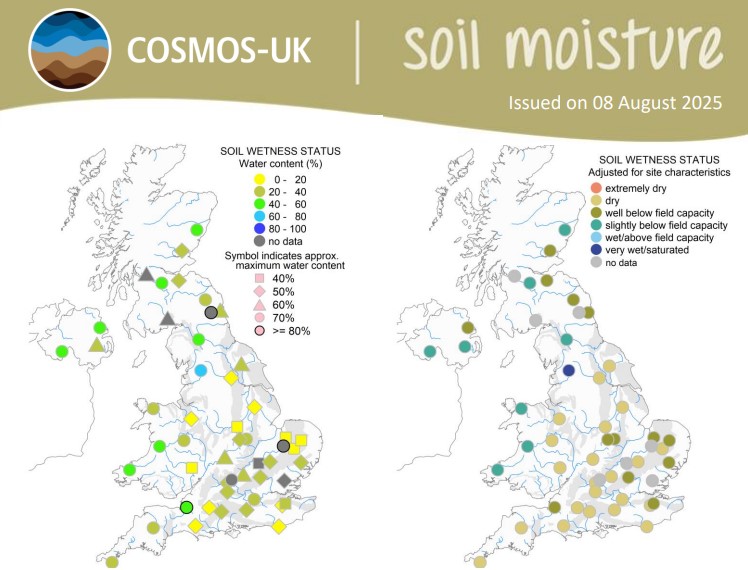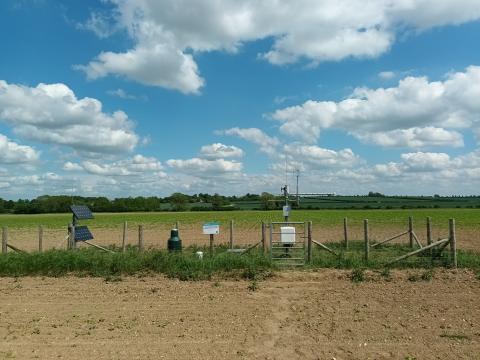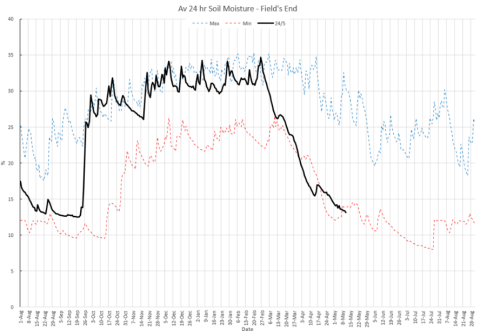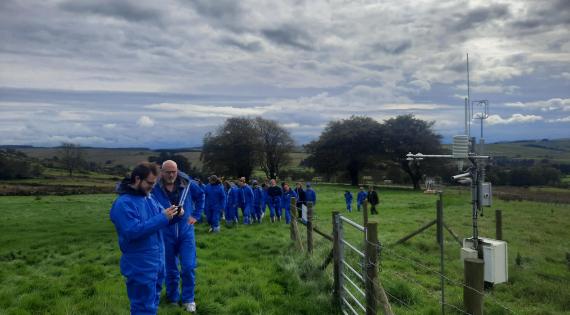Hear UKCEH Micrometeorologist, Dr Jonathan Evans, on BBC Radio 4's Farming Today discuss how the COSMOS-UK cosmic ray neutrons science works to measure soil moisture, soil moisture trends this year and how climate change will impact UK farming in the future.


